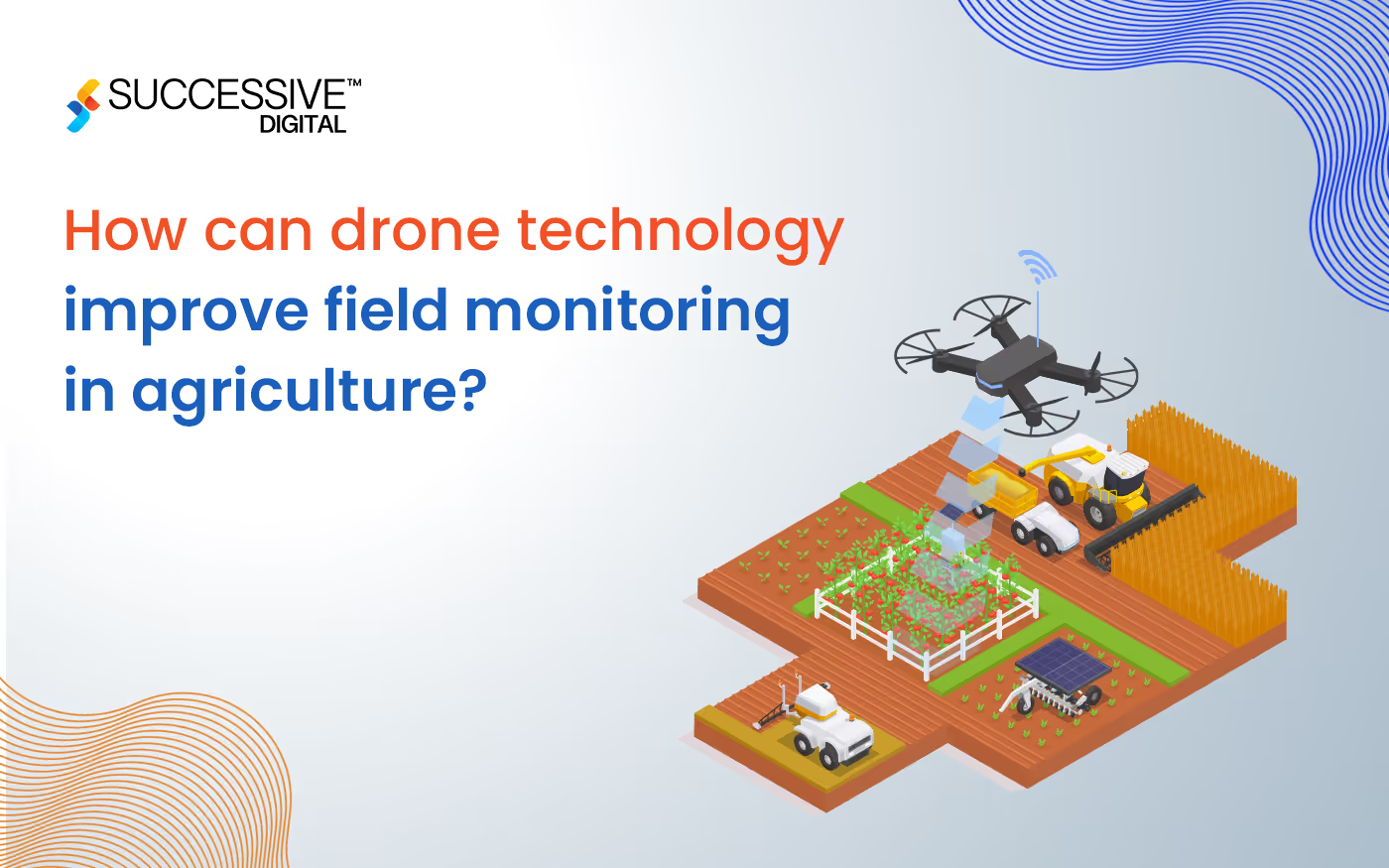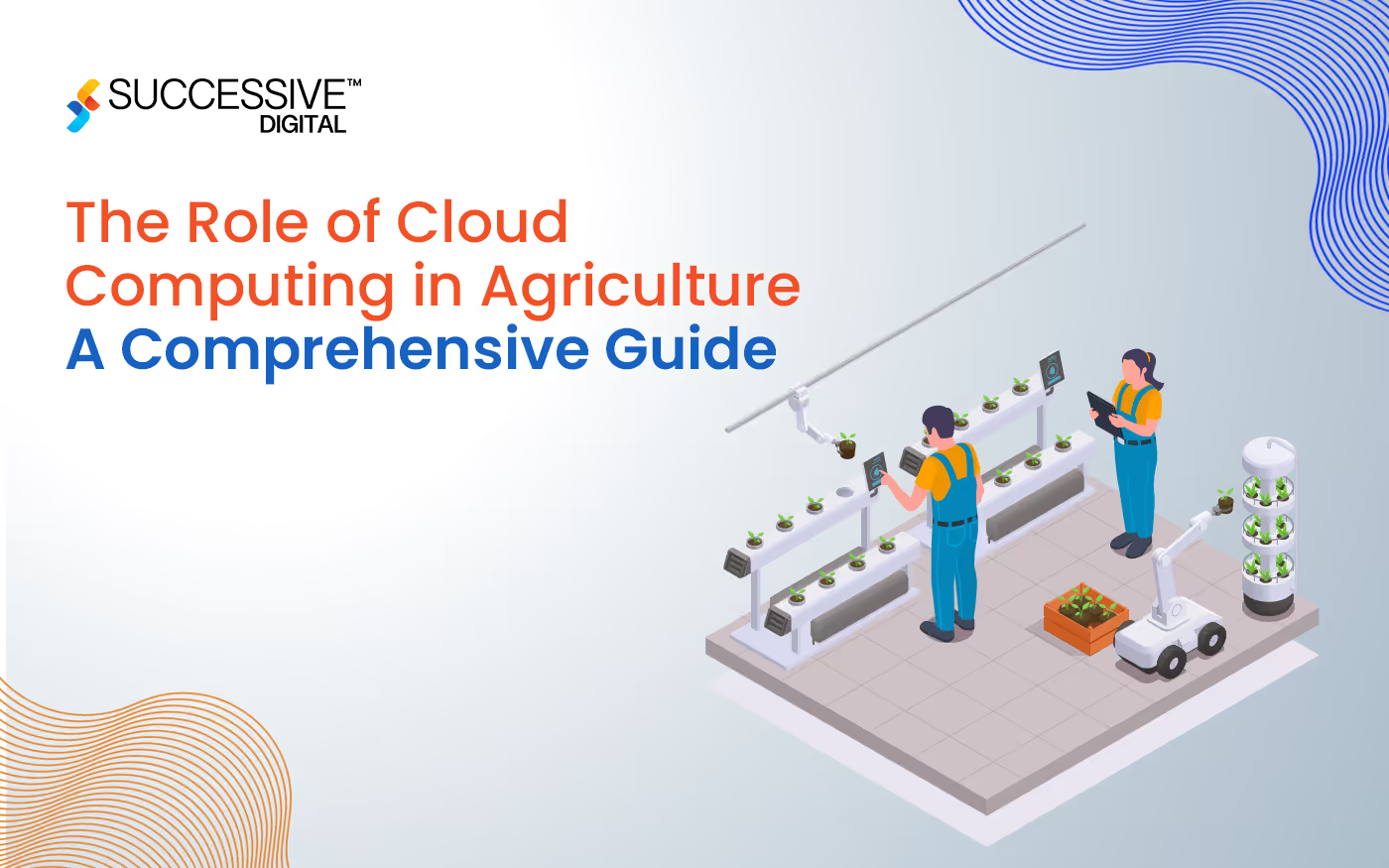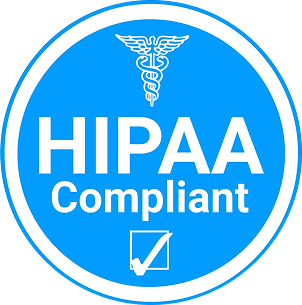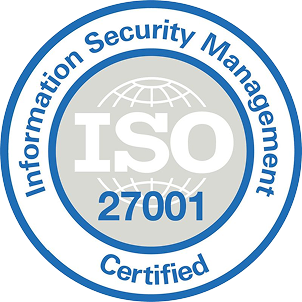Agriculture has always been a cornerstone of human civilization, usually evolving through the updates in agritech and the introduction of drone technology in agriculture. Today, one of the most transformative innovations in this area is drone applications in farming, which promises to revolutionize how growers screen and manipulate vegetation. Drones, or unmanned aerial motors (UAVs), are becoming increasingly available, offering farmers with exceptional precision and performance in field tracking. By providing distinctive, real-time information, drones allow farmers to make informed decisions that improve crop control practices, optimize resource use, and increase standard productiveness.The conventional methods of field monitoring, which regularly contain manual inspections and static farm-based sensors, can be labor-intensive, time-consuming, and susceptible to human errors. In contrast, with the benefits of drones in agriculture, growers can cover huge regions quickly and, in less time, capture HD images and different data that could monitor various parameters in crop health and soil conditions. With the integration of advanced imaging technologies, which include multispectral, hyperspectral, and thermal cameras, drones can detect potential issues that can be invisible to the human eye, including early signs and symptoms of disease, pest infestations, and water stress. This blog explores how agricultural drone solutions have the potential to screen crops with better precision for not just improving the overall efficiency of agricultural operations but help in achieving sustainable development goals (SDG) in the global agriculture ecosystem.

Data Acquisition: Precision and Efficiency
High-Resolution Imaging
Drone technology in agriculture is equipped with high-resolution cameras that can capture high-resolution images of crops, imparting a bird' s-eye view of the entire yield. These images can be used to screen plant fitness, detect sicknesses, and discover pest infestations. HD media allows the detection of even the smallest adjustments in plant morphology, which may be indicative of underlying problems that need to be addressed promptly.
Thermal Imaging
Thermal cameras as one of the new-age agriculture drone solutions can measure the temperature of the crop canopy, which is useful for assessing plant strain. Plants under strain, whether due to water deficiency, disorder, or other elements, frequently show better temperatures. Thermal imaging can assist farmers in becoming aware of regions of the sphere that require on-the-spot attention and sections that are not receiving adequate irrigation.
Data Analysis: Turning Raw Data into Actionable Insights
Photogrammetry and Ortho mosaic Mapping
One of the primary techniques utilized in drone-based field tracking is photogrammetry, which entails the stitching together of a couple of images to create a comprehensive map of the field. This process generates Ortho mosaic maps that can be georeferenced and used for specific measurements of subject functions. These maps offer a detailed view of the sphere's topography, assisting farmers in understanding the spatial variability in their crops.
NDVI and Other Vegetation Indices
Normalized Difference Vegetation Index (NDVI) is a normally used metric in drone applications in farming for agriculture monitoring. It is calculated using data from multispectral photographs and presents a measure of plant fitness based totally on the reflectance of near-infrared and visible light. High NDVI values usually imply healthy, full-of-life plant life, while low values can signify stressed or diseased plants. Other flora indices, inclusive of the Soil-Adjusted Vegetation Index (SAVI) and the Enhanced Vegetation Index (EVI), can also be derived from drone facts to offer additional insights into crop conditions.
Practical Applications: Enhancing Crop Management
Precision Agriculture
One of the most significant benefits of drones in agriculture is their ability to support precision agriculture practices. By providing targeted, site-precise statistics about crop situations, drones allow farmers to use inputs such as fertilizers, pesticides, and water more precisely and efficiently. This targeted approach reduces waste, lowers prices, and minimizes the environmental impact of farming operations.
Irrigation Management
Efficient water use is critical in agriculture, particularly in regions where water resources are scarce. Agricultural drone solutions prepared with thermal and multispectral sensors can discover regions of the sector experiencing water shortage. These statistics can be used to optimize irrigation schedules and ensure that water is applied where it is most needed, decreasing waste and enhancing crop growth.
Disease and Pest Detection
Early detection of illnesses and pests is essential for stopping massive crop losses and financial troubles. Drone applications in farming can perceive the early symptoms of infestations and infections, permitting farmers to take quick action to mitigate the effect. Farmers can expand more effective pest and ailment control strategies by combining drone facts with floor-based observations and historical records.
Yield Estimation and Crop Health Assessment
Accurate yield estimation is crucial for planning and marketing functions. Drones can provide distinctive data on crop health and biomass, which can be used to predict yields more accurately. These statistics enable farmers to make informed decisions regarding harvest timing and publish-harvest management, ensuring they maximize their investment return.
Crop Scouting and Monitoring
Drone technology in agriculture revolutionize the process of crop scouting, traditionally a labour-intensive manual task. With drones capturing the entire area, farmers can identify issues before they escalate into significant problems. This proactive approach allows for timely interventions, enhancing crop health and yield, and making farmers feel more prepared and less reactive.ConclusionDrone technology in agriculture holds substantial promise for improving field monitoring. By offering unique, real-time data on crop situations, drones enable farmers to adopt extra-efficient and sustainable practices. The benefits of drones in agriculture to discover and deal with issues early, optimize resource use, and predict yields accurately can lead to higher productiveness and profitability. As technology continues to evolve, overcoming the related challenging situations may be crucial for unlocking its full advantaged and driving the future of smart agriculture.
.avif)



.webp)






.jpg)









